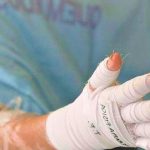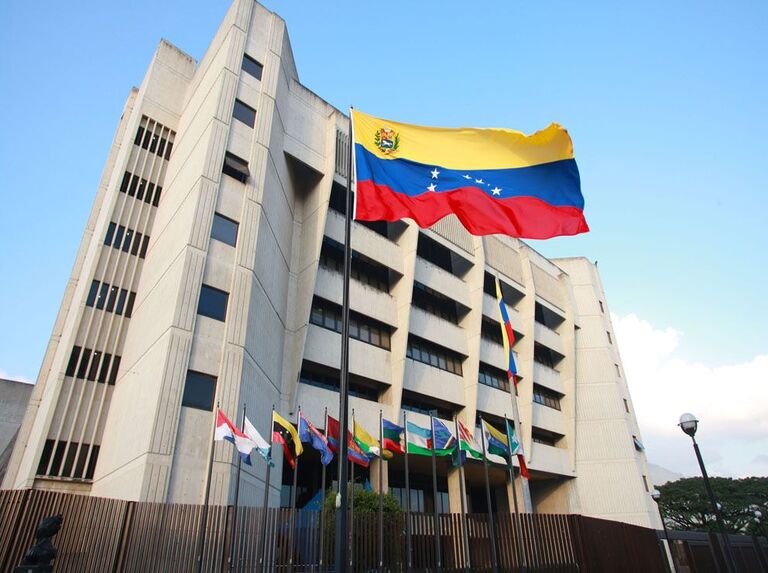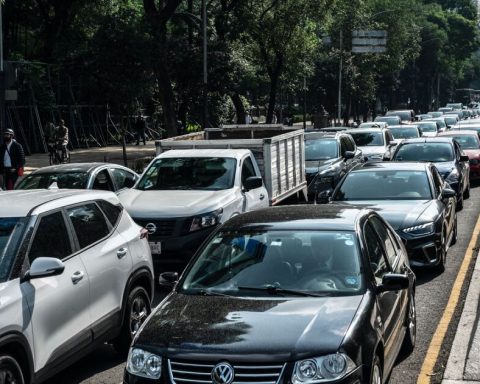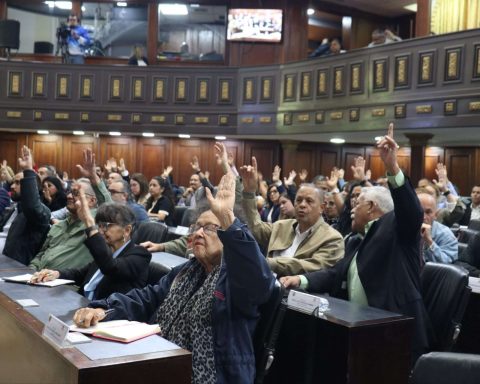The remains that were found on Monday, June 5 in the 14th Infantry Battalion, will be analyzed by a forensic anthropology laboratory that will seek to determine the cause of the victim’s death. However, to find out who that person was, the work of the Forensic Genetics laboratory of the Argentine Forensic Anthropology Team (EAAF), located in Córdoba, Argentina, is expected.
The Uruguayan forensics will send a DNA sample of the remains to the laboratory that will be in charge of establishing the identity of the person they found buried in the military premises.
According to information obtained by The Observer, The EAAF was founded in 1984 and since then has carried out forensic anthropology work in more than 65 countries, including Uruguay. The Forensic Genetics laboratory was created in 2006, and in less than 20 years it processed more than 4,200 DNA samples.
The center’s specialty is obtaining DNA from samples “highly degraded” by the passage of time or other factors such as fire. To get to identify a body, the laboratory needs to match that of a relative. For this reason, it has a database of 11,000 relatives of around 6,100 disappeared persons from more than 20 countries. 350 of those samples are from Uruguayan relatives who are looking for 190 disappeared people in the country.
How do you get to the identity of the victim?
As reported to The Observer, When the Argentine laboratory receives a new sample, it goes through a cleaning process and is then pulverized to come into contact with reagents that release the genetic material they need, “genomic” DNA.
With this input, scientists carry out a “PCR reaction”, a kind of “molecular photocopier” that amplifies areas of DNA that are of interest for identification work.
This is how a “genetic profile” is arrived at, which is incorporated into the laboratory database to carry out a “massive crossover” with all the samples they have from the relatives of the disappeared.
Of the 196 Uruguayan disappeared that appear in the official registry, 160 names are in the data bank in Córdoba, so there is a greater chance of determining the identity of the person whose remains were found. It is a bank that gathers the genetic information that “represents” each name on the list, from the DNA samples of each one’s relatives. The laboratory has 350 family samples.
The studies of the sample of the remains are compared with those of the DNA bank to verify if it is the body of one of the disappeared persons on that list.
To certify that the sample is from a specific person, it must match 99.99% with the sample from one of those family members.
The time it takes to identify a victim varies depending on each case in relation to the state of the remains and the legal procedures involved in the entire process. The Minister of Defense, Javier García, said this Thursday that the members of the Mothers and Relatives of the Disappeared Detainees estimate that the laboratory will take between 30 and 45 days to arrive at the identity of the body.
The laboratory’s link with Uruguay
The Argentine Forensic Anthropology Team has been working since 2001 with different Uruguayan government agencies such as the Peace Commission, the Human Rights Secretariat for the Recent Past and its Monitoring Secretariat.
In addition, since 2005 he advises the Forensic Archeology Research Group of Uruguay (GIAF), in charge of the search for bodies in the country.
According to public information from the Human Rights Secretariat for the Recent Past, EAAF allowed the identification of two of the six disappeared detainees found in Uruguay: teacher Julio Castro, found in 2011, and Eduardo Bleier, found in 2019.
In addition, the agency collaborated with different investigations in the context of the search for disappeared detainees.















